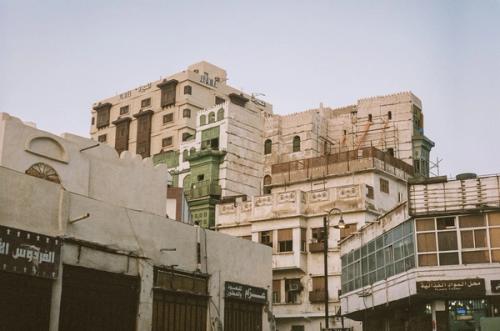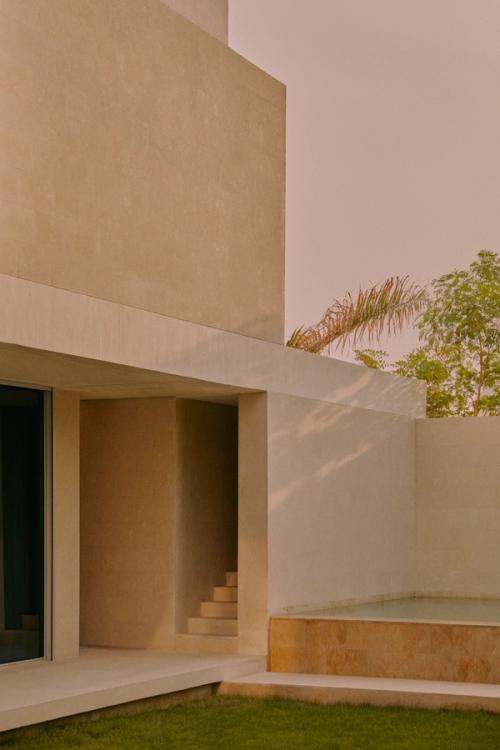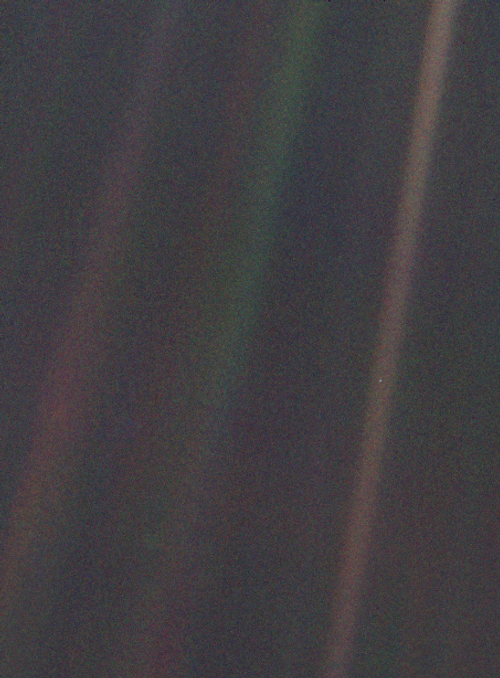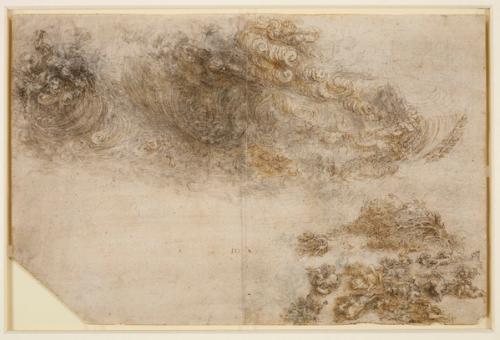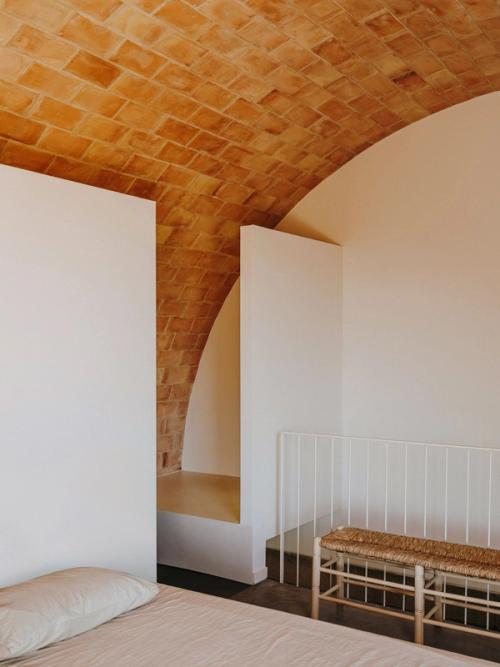Multiverse of Mashrabiyah

Drawing, Ahmed Angawi.Angawi is currently the Associate Director of Al Makmad Foundation, a cultural institution that aims to conserve and revive the Hejazi heritage. He is also the Founder of Zawiya 97, a hub of activity serving the local community
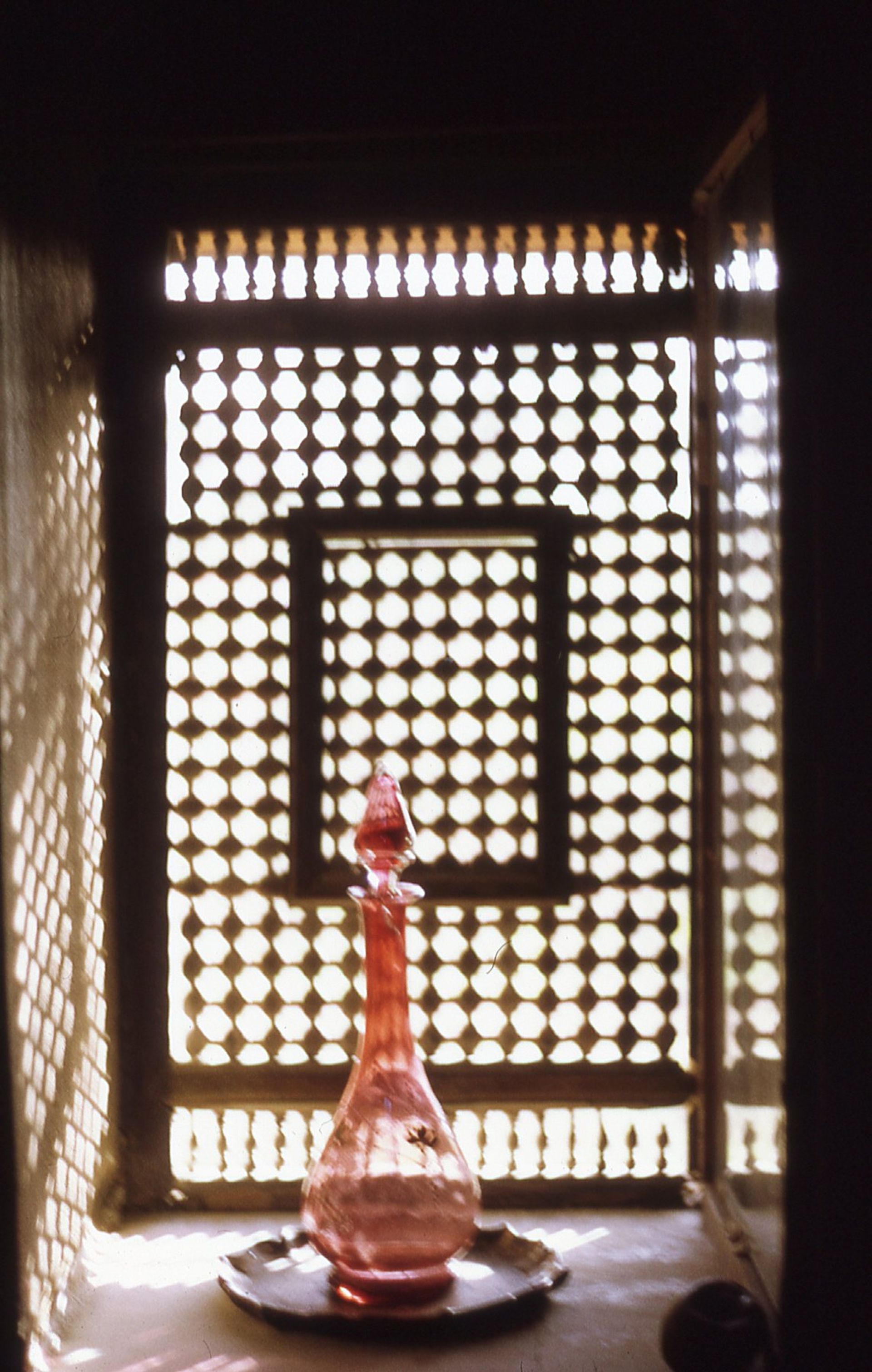
Mashrabiya with glass vase; House of Hamed Said
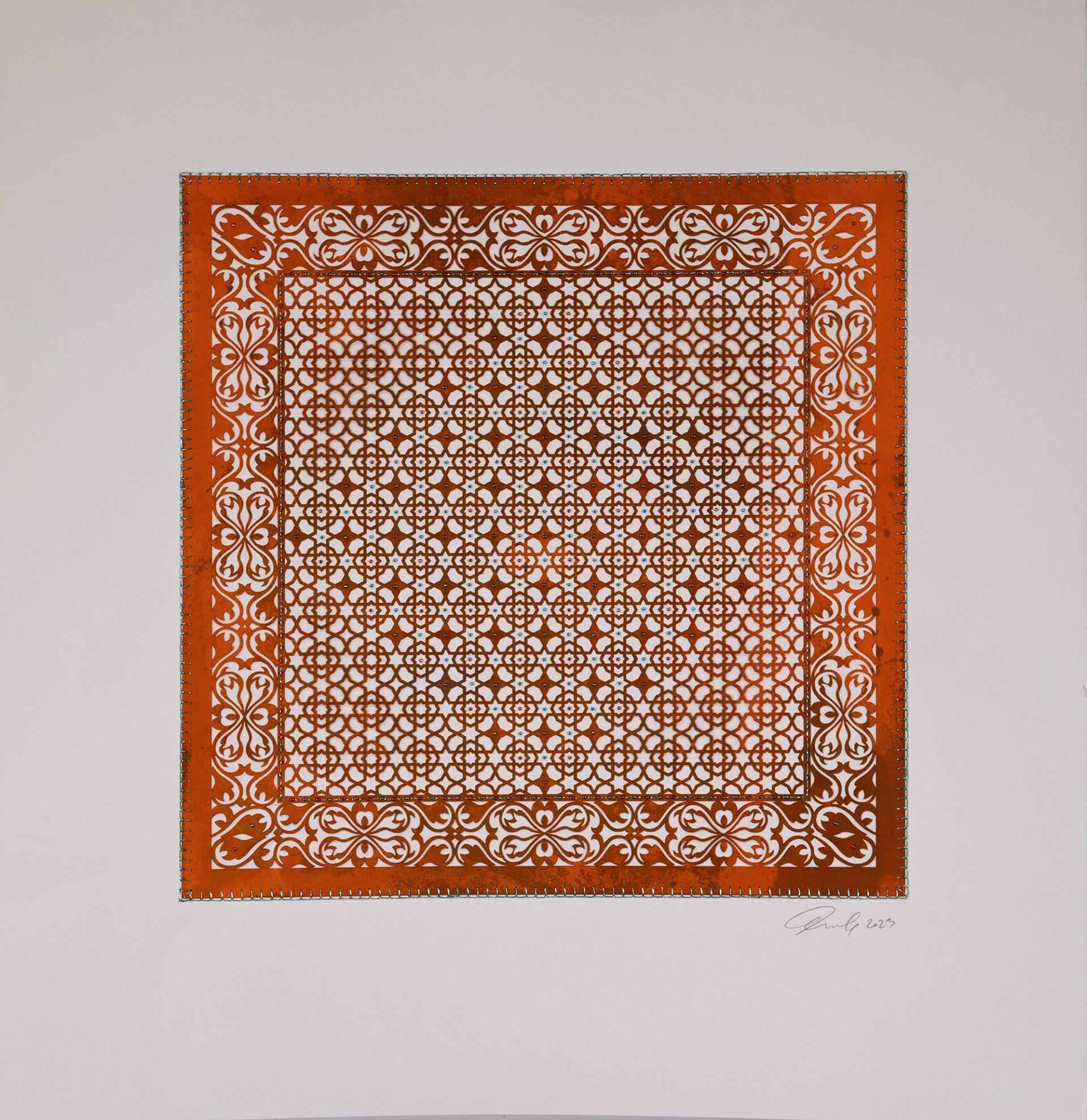
Anila Quayyum Agha, Flowers (Orange and Light Blue), Mixed Media on Paper and Mylar (Cut paper, Encaustic, Embroidery and beads), 23”x 22.25”, 2023
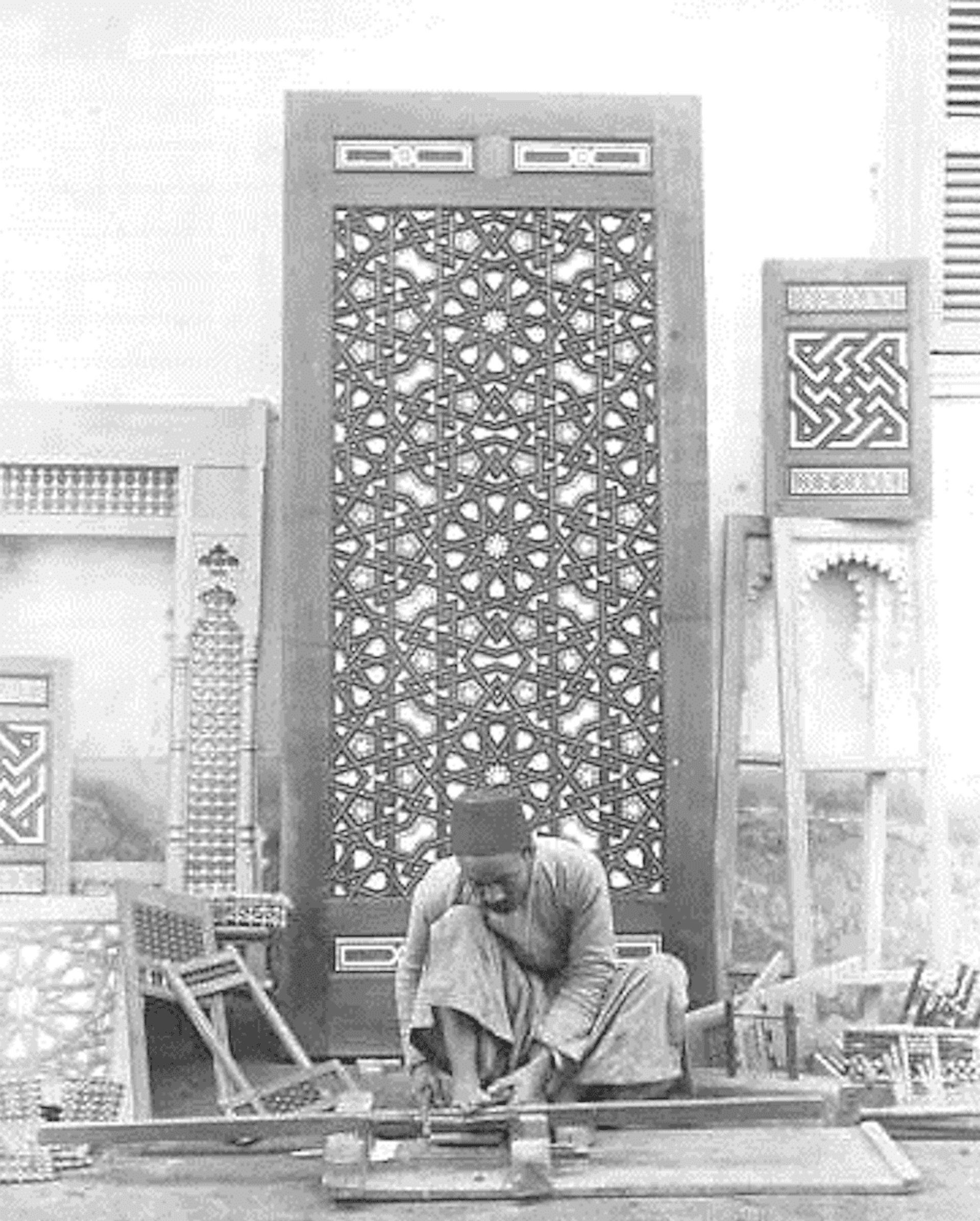
The Craft of Mashrabiya Making Using Lathing Tools
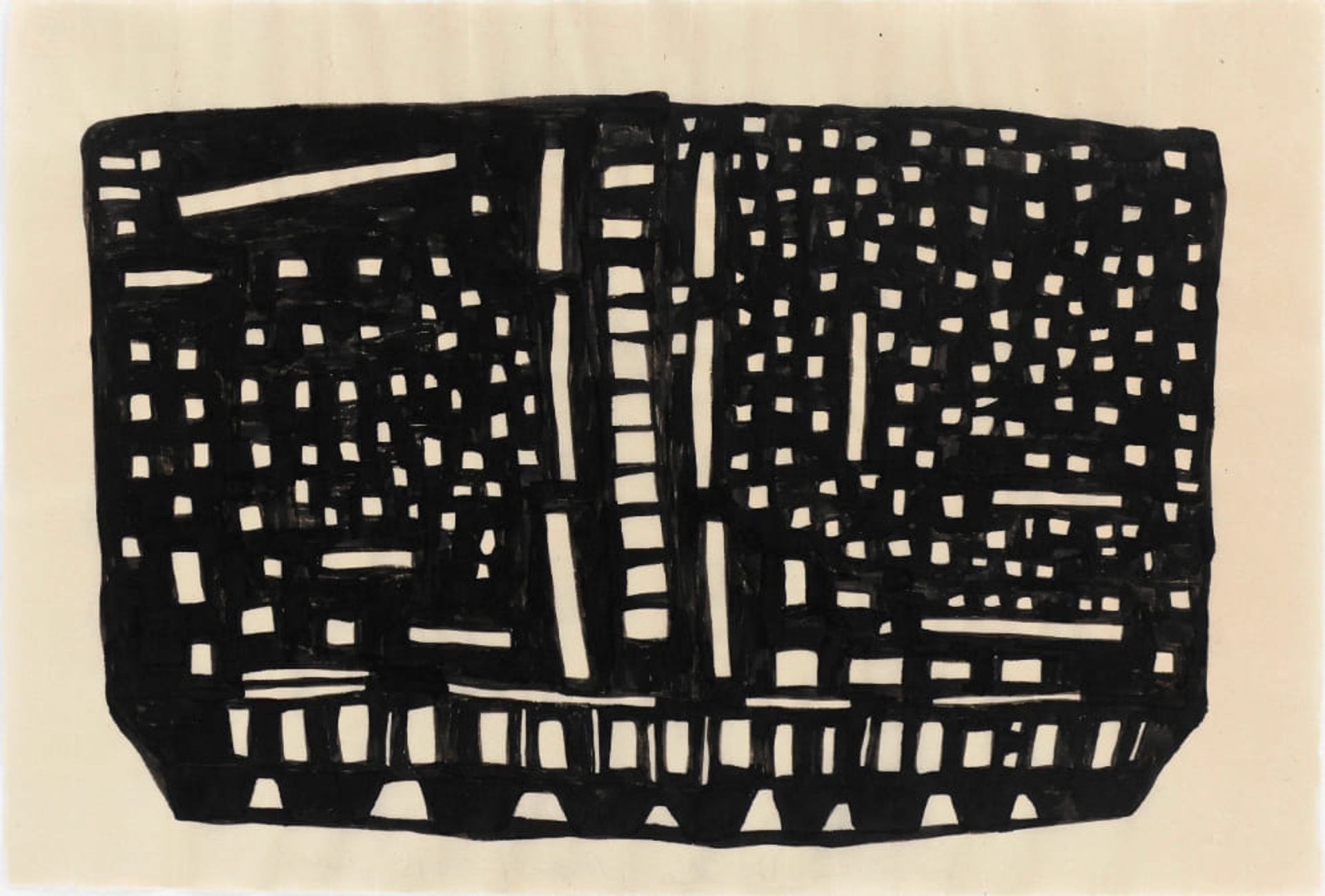
Cityscape, Susan Hefuna, 2015, Work on paper, Ink on handmade paper, 64x95cm
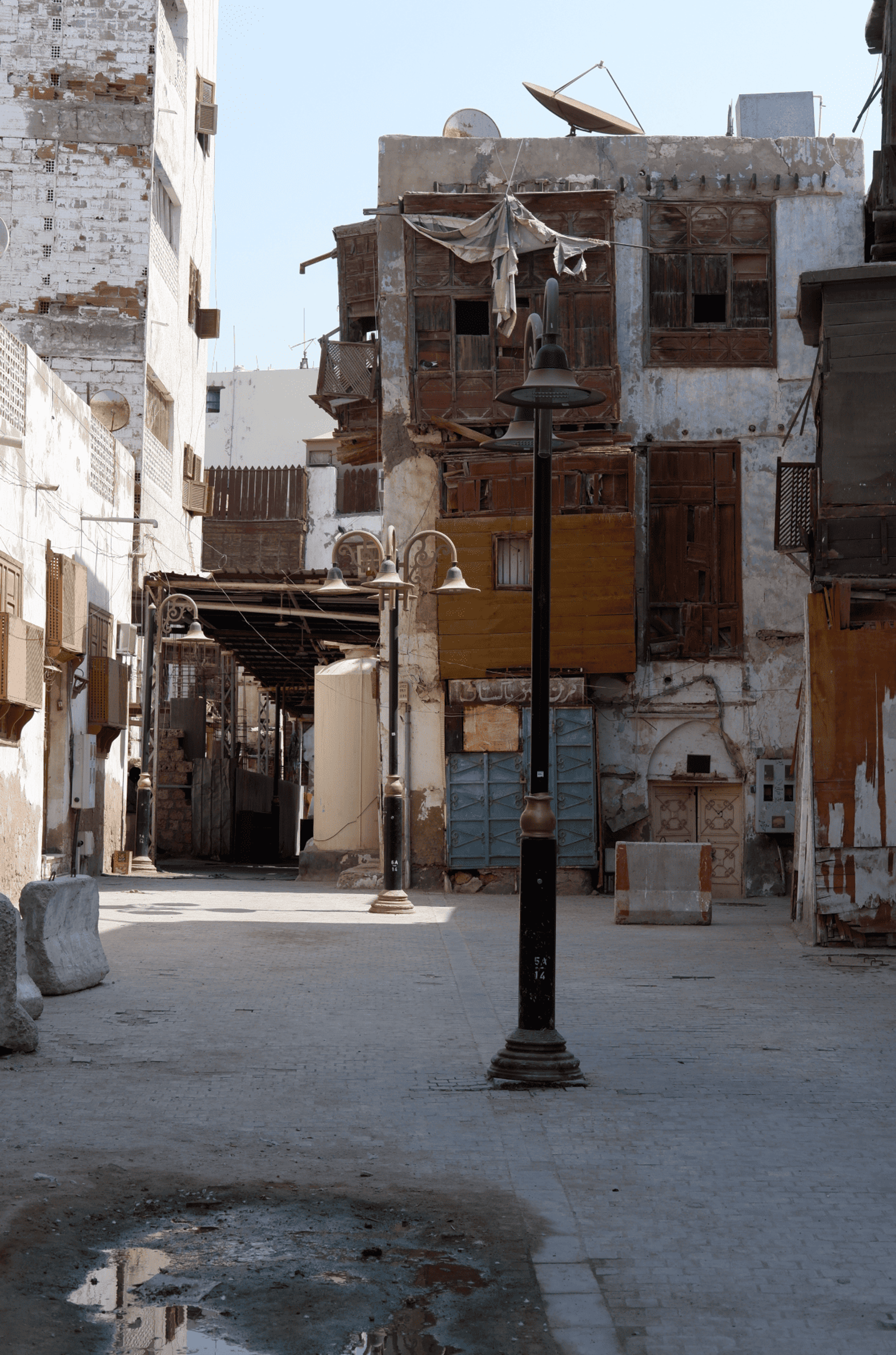
Site visit by MESURA

Alaa Tarabzouni, UNNAMED 53,Unnamed 53 is an attempt to observe the constant tension with modernity in the region; that ebbs and flows between fetishization and disinterest I

The Mashrabiya Project is a community-focused, shared experience that links the heritage of the mashrabiya, a screening element with ancient origins, to responses in art and design that reflect considerations of space and seeing in contemporary life. The Project—the first in the U.S. to examine the mashrabiya as both an architectural object and a locus of metaphor—presents an opportunity for dialogue and connection across cultural and geographic borders
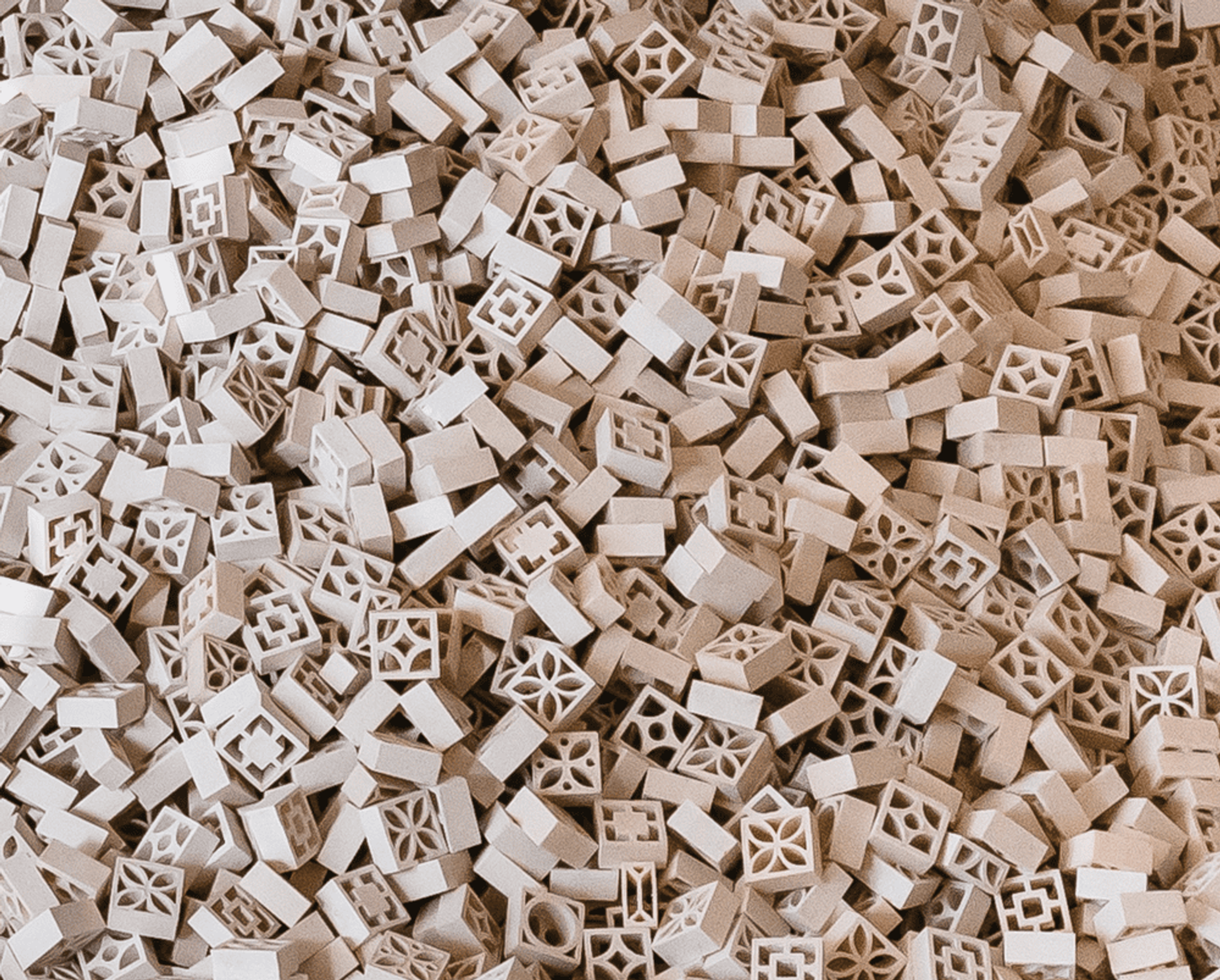
Alaa Tarabzouni, UNNAMED 53,Unnamed 53 is an attempt to observe the constant tension with modernity in the region; that ebbs and flows between fetishization and disinterest II
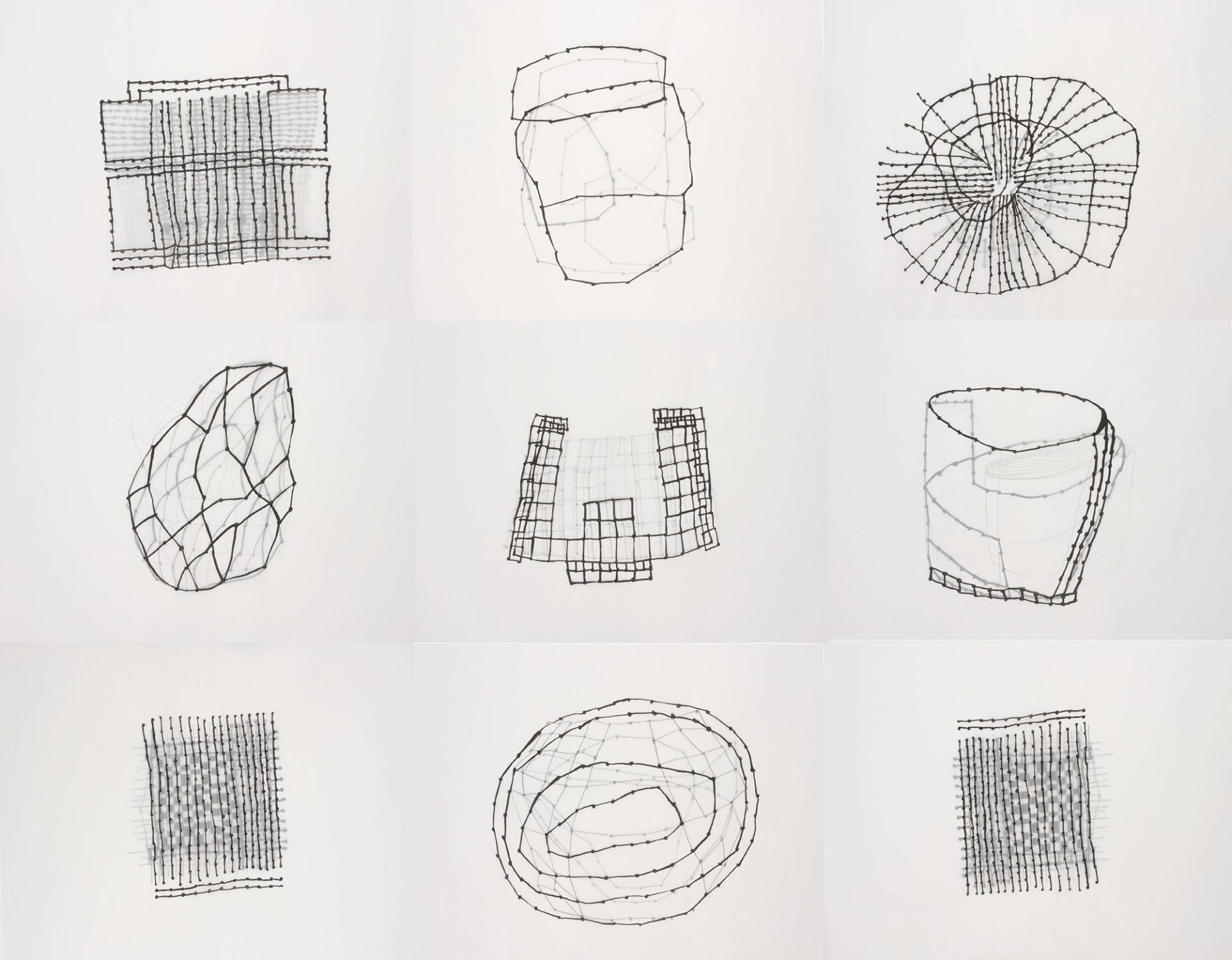
Susan Hefuna, Building, 2009. Ink on tracing paper, nine parts, 8 7/16 x 24 5/8 inches (21.5 x 62.5 cm) each, Solomon R. Guggenheim Museum, New York Guggenheim UBS MAP Purchase Fund and partial gift of the artist and Pi Artworks, 2015
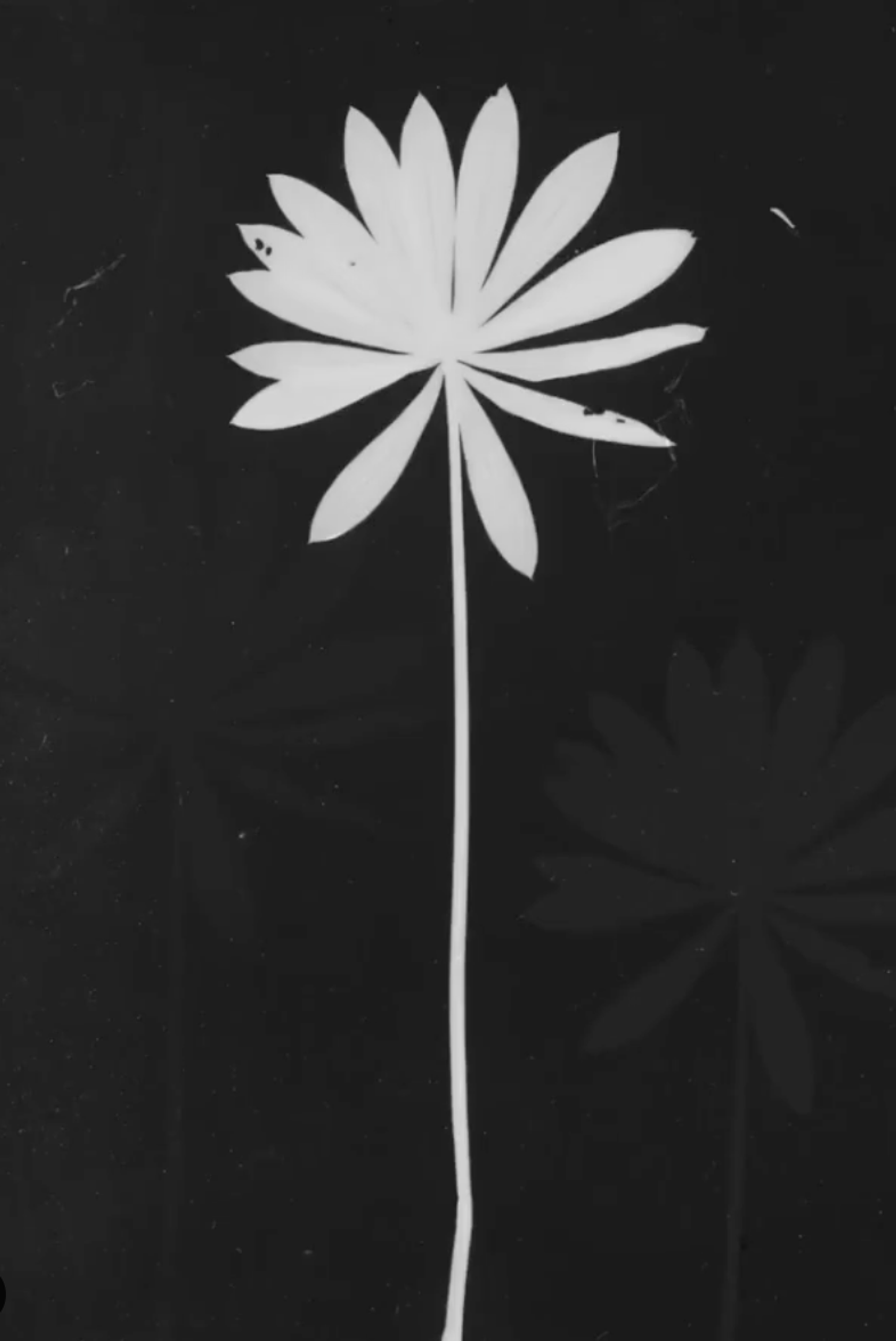
Anwar Jalal Shemza, Untitled, 1980
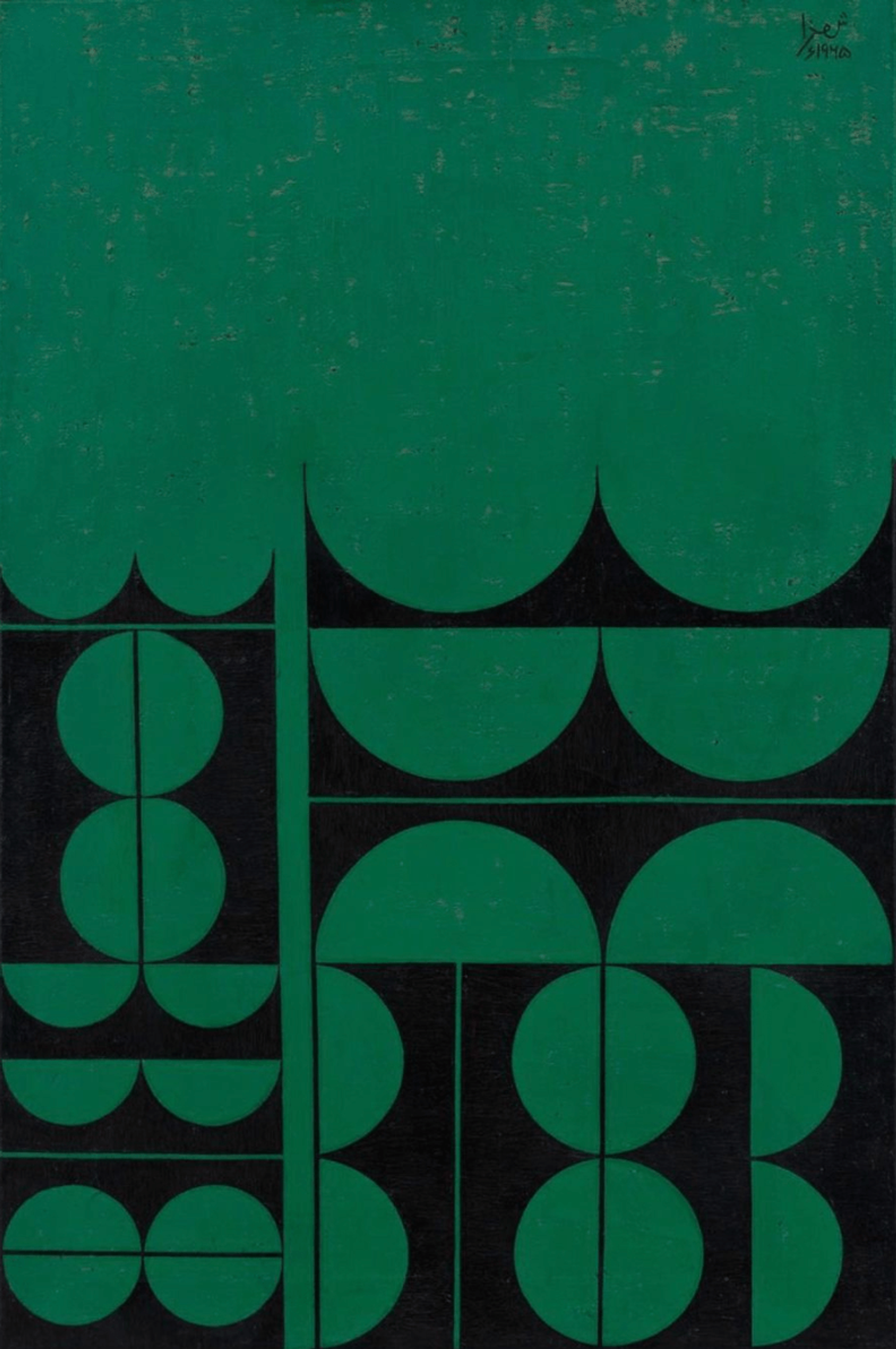
Anwar Jalal Shemza, Composition in Green and Black, 1965. Oil on canvas 77.3x52.2cm

Susan Hefuna at the Studio. Courtesy of the Artist and The Third Line
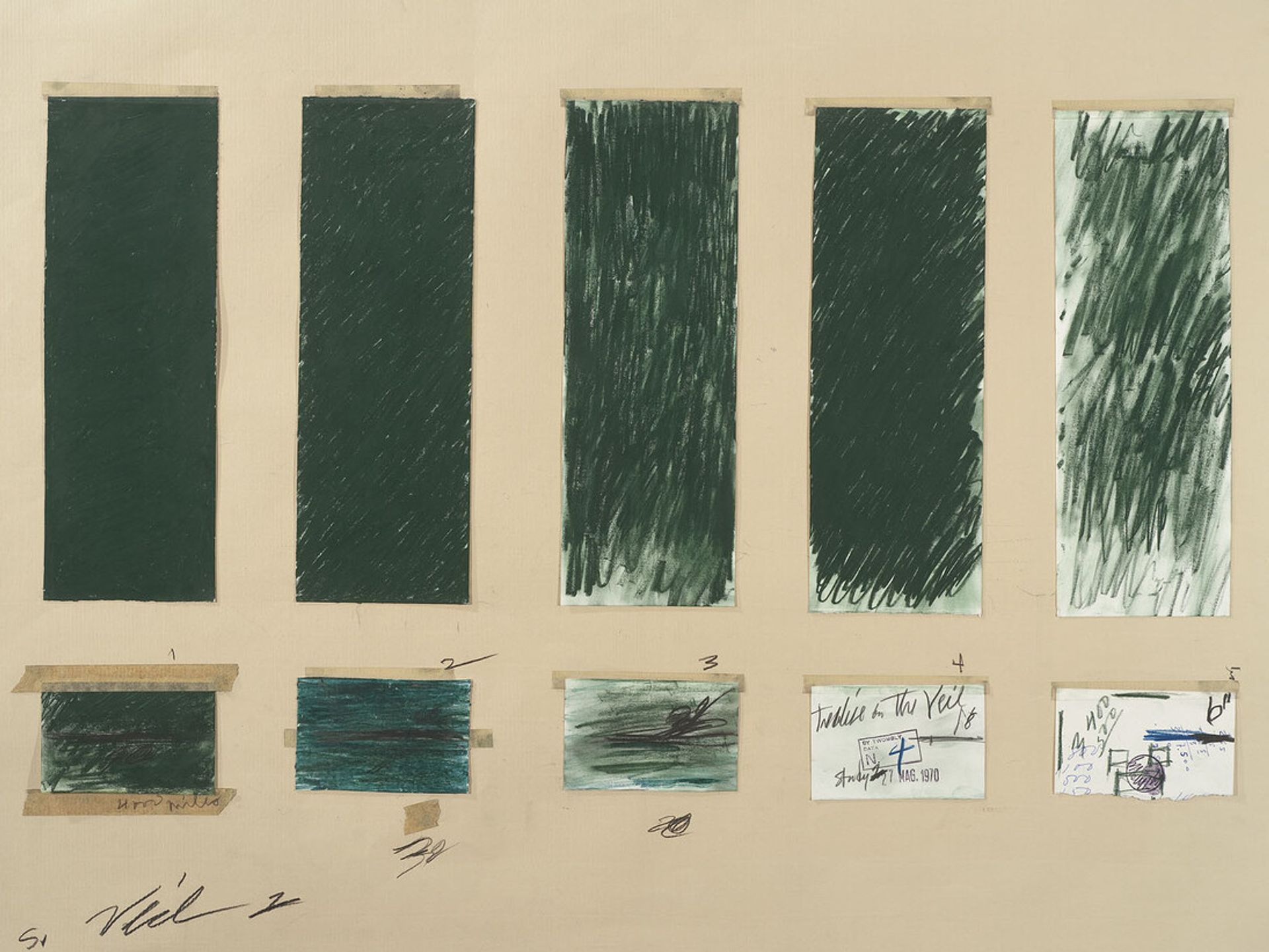
Cy Twombly, Untitled, 1970, Crayon, graphite pencil, ink, tape, and cut and torn paper on colored paper. The Menil Collection, Houston; Gift of the artist. Photography by Paul Hester
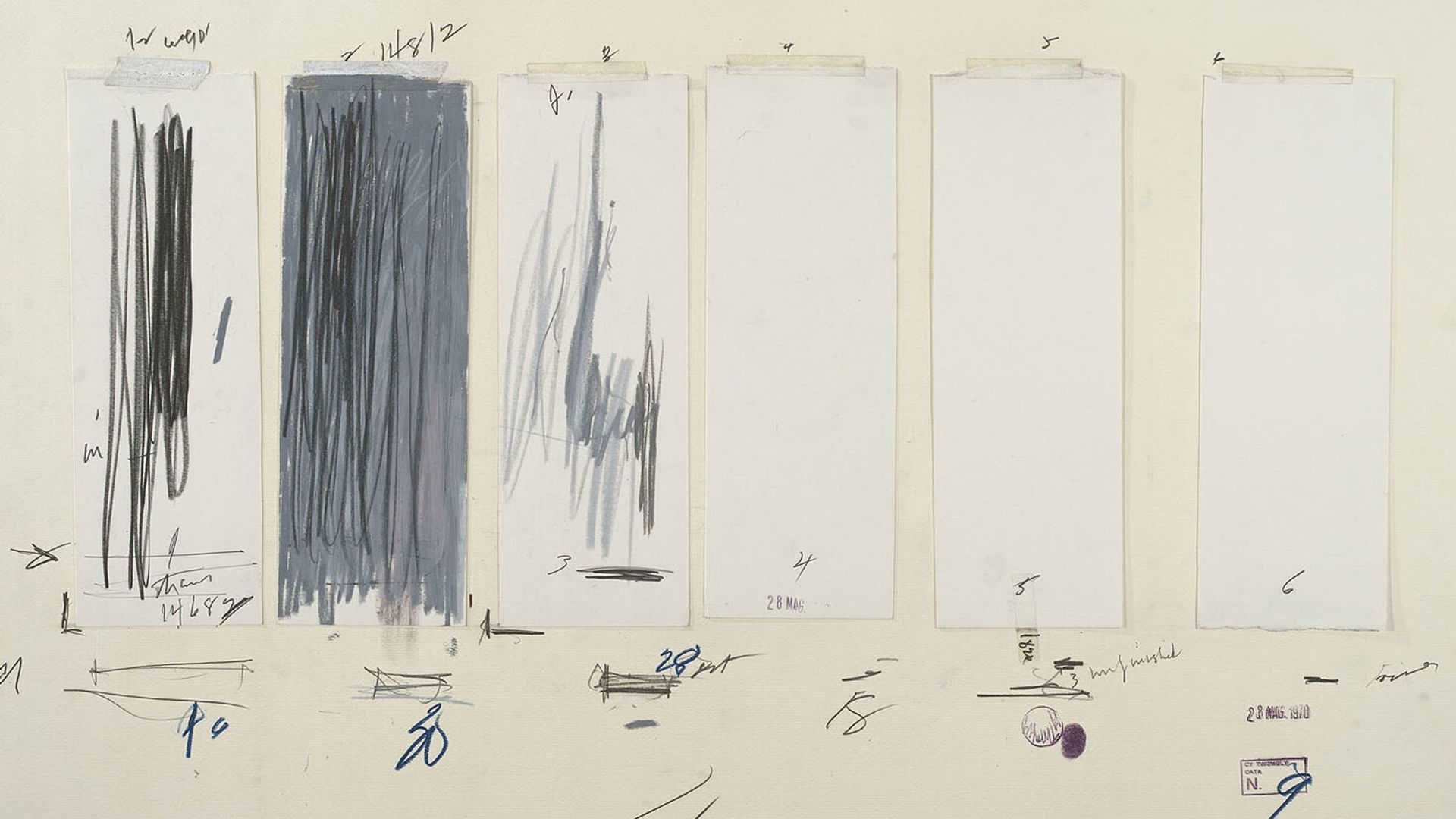
Cy Twombly, Untitled, 1970, Crayon, graphite pencil, ink, oil stick, colored pencil, tape, and cut and torn paper on paper. The Menil Collection, Houston; Gift of the artist. Photography by Paul Hester
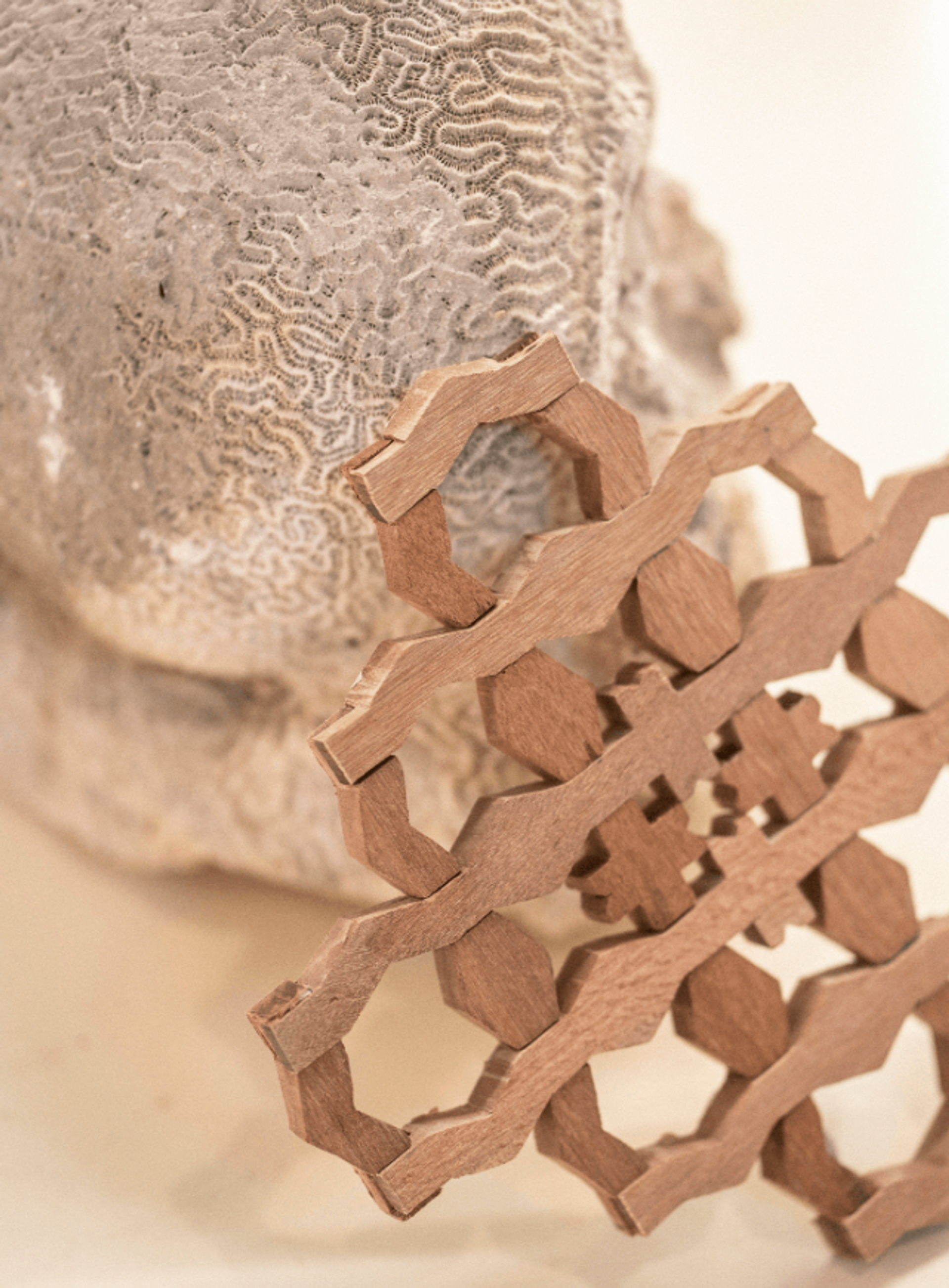
Detail, Site visit by MESURA

“The woodwork that I do is mainly balancing contemporary demands and needs with the traditional technique, the Mangoor woodwork, which is an element that exists in the Roshan (the singular term for Rawasheen),” Angawi, 40, told Arab News
Drawing, Ahmed Angawi.Angawi is currently the Associate Director of Al Makmad Foundation, a cultural institution that aims to conserve and revive the Hejazi heritage. He is also the Founder of Zawiya 97, a hub of activity serving the local community
Mashrabiya with glass vase; House of Hamed Said
Anila Quayyum Agha, Flowers (Orange and Light Blue), Mixed Media on Paper and Mylar (Cut paper, Encaustic, Embroidery and beads), 23”x 22.25”, 2023
The Craft of Mashrabiya Making Using Lathing Tools
Cityscape, Susan Hefuna, 2015, Work on paper, Ink on handmade paper, 64x95cm
Site visit by MESURA
Alaa Tarabzouni, UNNAMED 53,Unnamed 53 is an attempt to observe the constant tension with modernity in the region; that ebbs and flows between fetishization and disinterest I
The Mashrabiya Project is a community-focused, shared experience that links the heritage of the mashrabiya, a screening element with ancient origins, to responses in art and design that reflect considerations of space and seeing in contemporary life. The Project—the first in the U.S. to examine the mashrabiya as both an architectural object and a locus of metaphor—presents an opportunity for dialogue and connection across cultural and geographic borders
Alaa Tarabzouni, UNNAMED 53,Unnamed 53 is an attempt to observe the constant tension with modernity in the region; that ebbs and flows between fetishization and disinterest II
Susan Hefuna, Building, 2009. Ink on tracing paper, nine parts, 8 7/16 x 24 5/8 inches (21.5 x 62.5 cm) each, Solomon R. Guggenheim Museum, New York Guggenheim UBS MAP Purchase Fund and partial gift of the artist and Pi Artworks, 2015
Anwar Jalal Shemza, Untitled, 1980
Anwar Jalal Shemza, Composition in Green and Black, 1965. Oil on canvas 77.3x52.2cm
Susan Hefuna at the Studio. Courtesy of the Artist and The Third Line
Cy Twombly, Untitled, 1970, Crayon, graphite pencil, ink, tape, and cut and torn paper on colored paper. The Menil Collection, Houston; Gift of the artist. Photography by Paul Hester
Cy Twombly, Untitled, 1970, Crayon, graphite pencil, ink, oil stick, colored pencil, tape, and cut and torn paper on paper. The Menil Collection, Houston; Gift of the artist. Photography by Paul Hester
Detail, Site visit by MESURA
“The woodwork that I do is mainly balancing contemporary demands and needs with the traditional technique, the Mangoor woodwork, which is an element that exists in the Roshan (the singular term for Rawasheen),” Angawi, 40, told Arab News
Beyond functionality, Mashrabiya embodies cultural identity, reflecting Islamic geometric patterns and craftsmanship. Its enduring presence highlights the fusion of aesthetics, culture, and architectural ingenuity in the region. In Al Balad, the local community actively preserves and promotes this unique architectural identity, creating a living testament to the harmony between artistic expression and cultural heritage in the heart of Jeddah. This research is part of the development of the Al Bukhariyah Lane andBanajah Lane projects.
